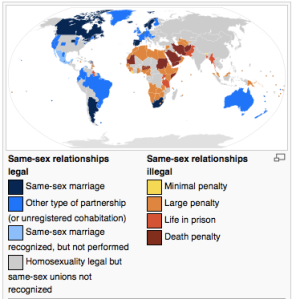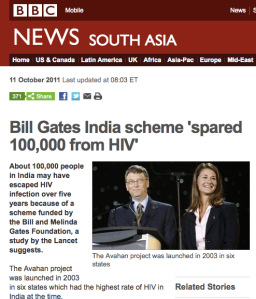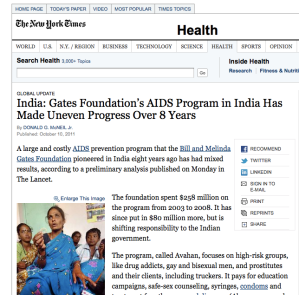WARNING: Malicious link in previous post (or, adventures in African computing). Cross-post from my other blog; both of these seem to have been compromised through my WordPress account.
-
Recent Posts
- WARNING: Malicious link in previous post (or, adventures in African computing)
- Jason now blogging at Ceteris Non Paribus
- An early Christmas present: strides toward eradicating malaria?
- A Historical Argument Against Paid Organ Donation: Plasmapheresis and HIV
- Taking a stand for international gay rights
Archives
Categories
- accountability
- Aid Watch
- Anthropology of Development
- base of the pyramid
- Bhutan
- big questions
- biocentrism
- bios
- cancer sticks
- causality
- cigarettes
- clinical intervention
- community based primary health care
- community health workers
- complexity
- Cost-effectiveness
- culture
- data
- delivery gap
- democracy
- development
- development economics
- diarrheal disease
- disease burden
- economic development
- efficiency
- Egypt
- environmentalism
- equity
- ethics
- externalities
- foreign aid
- funding
- future
- GDP
- Gini
- Girl Effect
- global development
- global health
- happiness
- health systems strengthening
- health workers
- herd immunity
- HIV
- HIV/AIDS
- implementation science
- incentives
- Inequality
- life expectancy
- market-based solutions
- maternal health
- metrics
- migration
- mission statement
- motivation
- NCD Alliance
- NCDs
- neonatal health
- non-communicable diseases
- paradigm shift
- political economy
- PPP
- primary care
- priority-setting
- public health
- rights
- root causes
- smoking
- social determinants
- social enterprise
- social intervention
- social justice
- statistics
- technological interventions
- tobacco
- tradeoffs
- U.S. inequality
- UN Summit
- Uncategorized
- venture philanthropy
- WHO
- youthful idealism
Meta







You must be logged in to post a comment.